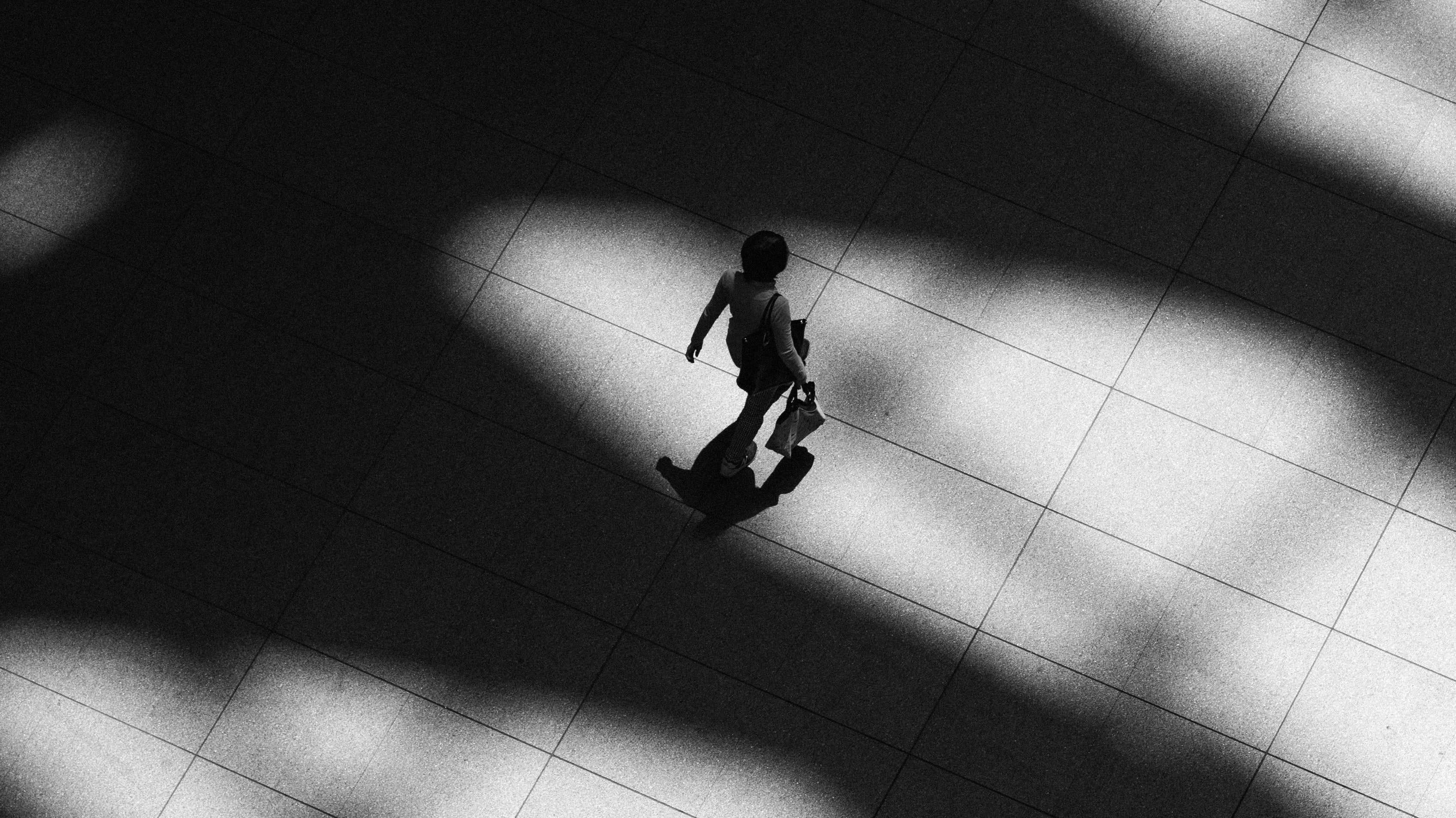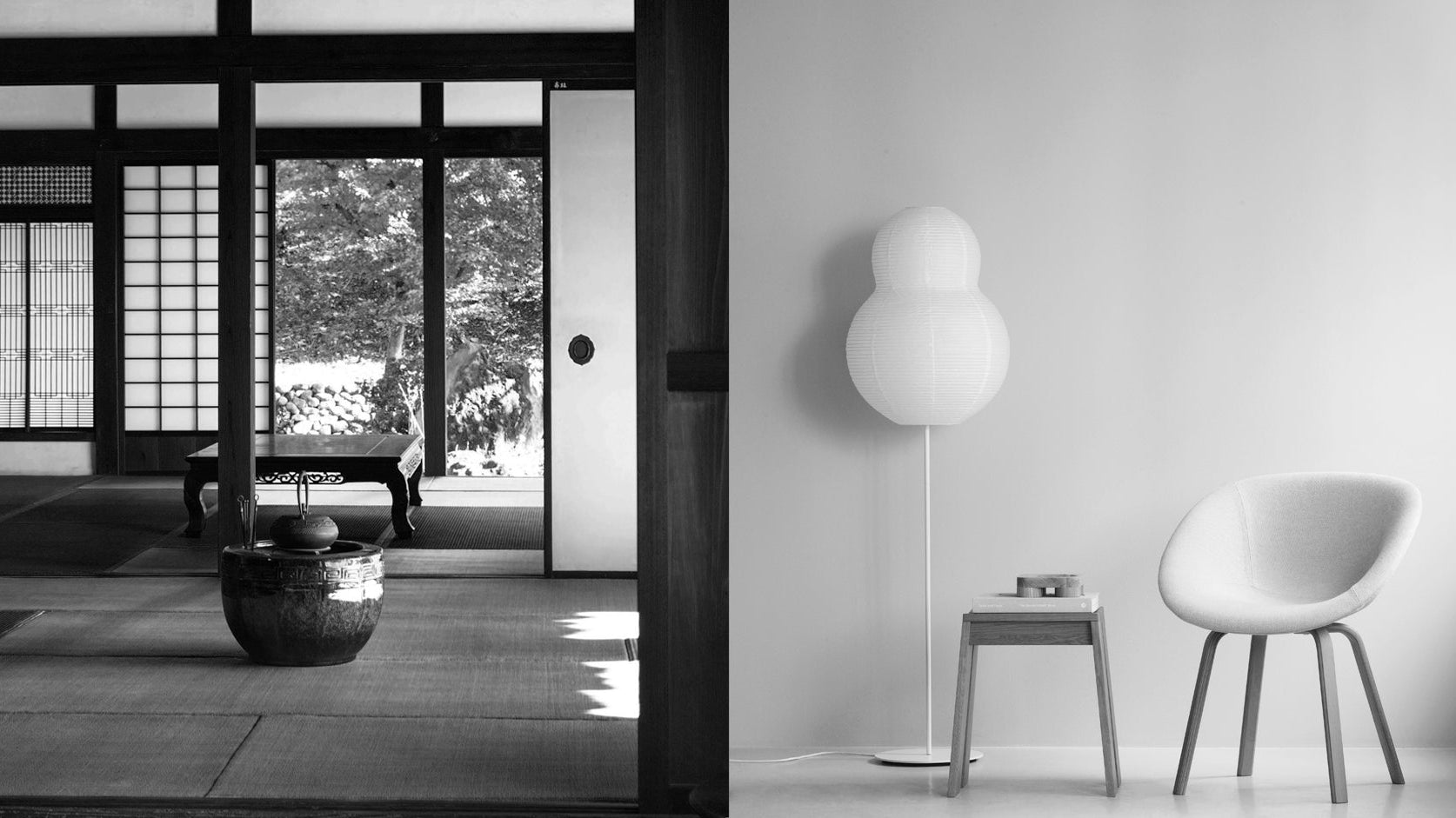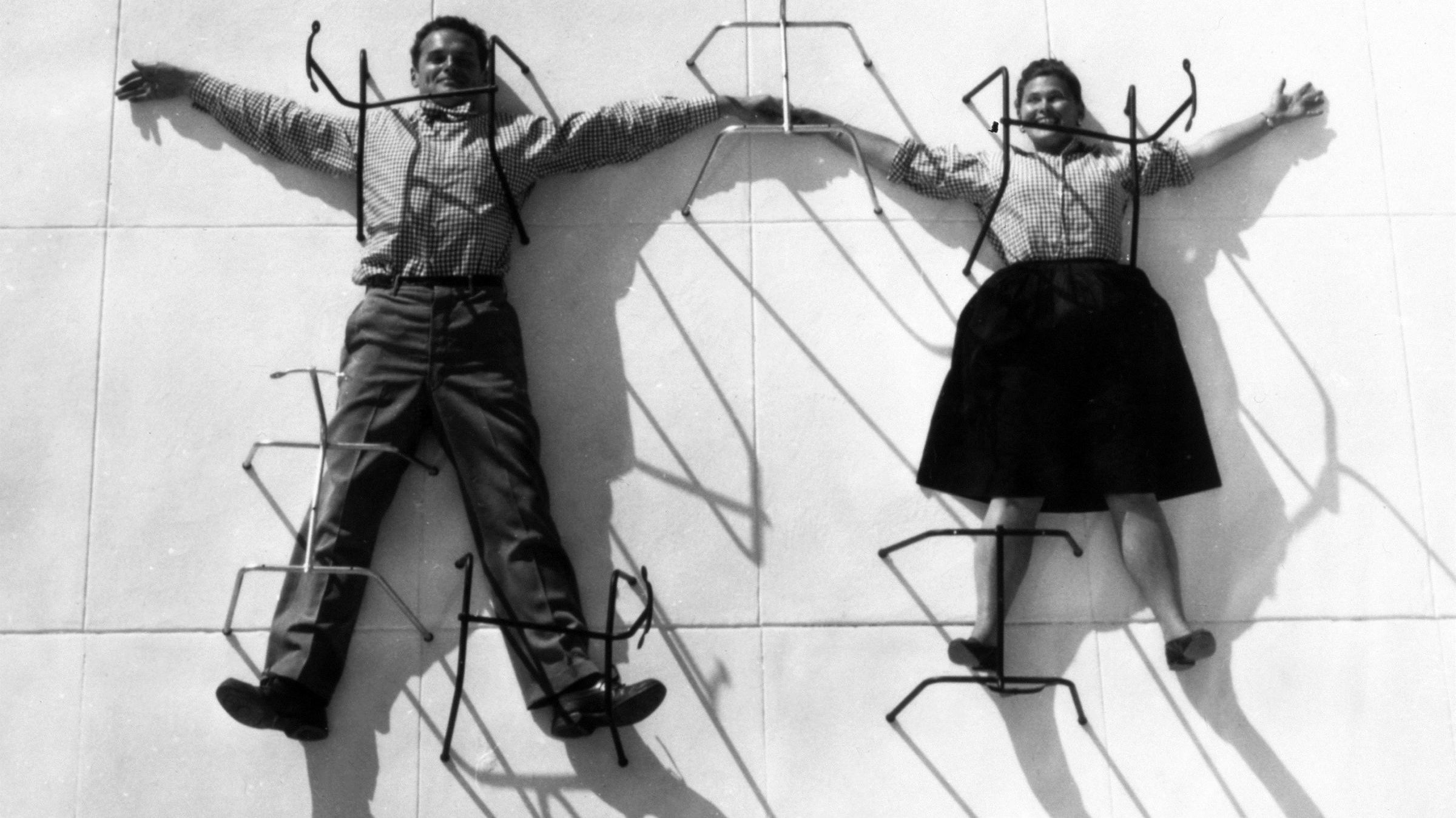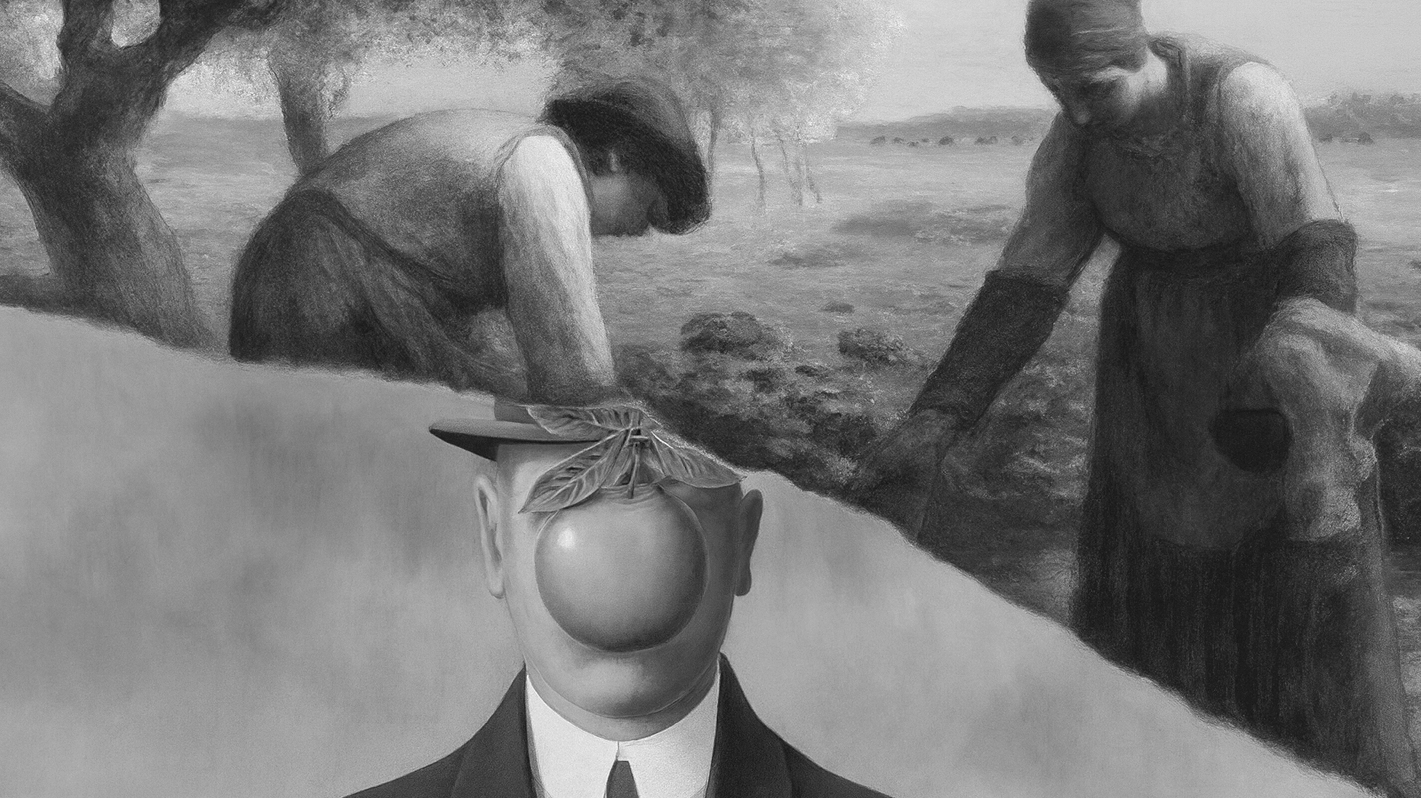Art Deco, often associated with the 1920s, is famously showcased in films like The Great Gatsby. This movie vividly captures the Roaring Twenties through its lavish visuals and glamorous themes, offering a glimpse into the vibrant spirit of the era. Beyond the screen, Art Deco defined architecture, fashion, design, and jewelry, becoming one of the most iconic styles of the modern age. In this article, we’ll explore the origins of Art Deco, its defining features, and why it remains a timeless decorative style that continues to inspire today.

The movie The Great Gatsby vividly showcases the elegance and glamour of Art Deco style.
What is Art Deco?
Art Deco is a style of decorative arts and architecture that first appeared in the 1920s and became one of the defining design movements of the 1930s. The term comes from the 1925 Exposition Internationale des Arts Décoratifs et Industriels Modernes in Paris, where the style gained international recognition.
After its debut, Art Deco quickly spread from France to Western Europe and the United States, influencing everything from architecture and fashion to jewelry, film, and industrial design. It transformed modernism into glamour, blending luxury with sleek, streamlined forms that symbolized wealth, sophistication, and progress.
Unlike the flowing curves of Art Nouveau or the handcrafted focus of the Arts and Crafts movement, Art Deco embraced modern industry. Its bold geometric lines, metallic finishes, and machine-inspired shapes reflected the excitement of the new Machine Age. Influences came from many sources—Cubism, the Bauhaus, ancient Egyptian and classical art, American Indian motifs, and even the vibrant stage designs of the Ballets Russes. Common themes included stylized animals, sunbursts, foliage, and elegant female figures.

The Empire State Building in New York City is one of the most iconic examples of Art Deco architecture. In this 1930s image, tourists in Bryant Park look through a telescope at the majestic skyscraper rising above the bustling cityscape.
Art Deco wasn’t limited to monumental buildings or luxury items. It shaped everyday life, appearing in household products like radios, lamps, and even vacuum cleaners. With its striking blend of modernity and elegance, Art Deco became one of the most iconic styles of the 20th century—a decorative movement that still inspires design today.
Key Characteristics of Art Deco Style
Art Deco style is best known for its celebration of modernity, inspired by the elegance of machine-made objects. Its distinctive features include clean lines, symmetry, geometric patterns, and the repetition of forms that reflect the industrial age. These design qualities combined functionality with glamour, giving Art Deco its timeless appeal.
In the sections that follow, we’ll explore the key characteristics that define Art Deco and see how they shaped architecture, design, fashion, and more.
1. Geometric Shapes
Geometry is one of the hallmarks of Art Deco design. Unlike the flowing, organic forms of earlier movements like Art Nouveau, Art Deco embraced bold, clearly defined shapes. Influenced by Cubism, which emerged in France between 1907 and 1912, the style often incorporated repeating patterns such as squares, triangles, chevrons, and zigzags. These geometric motifs gave Art Deco its distinctive modern and dynamic aesthetic.
2. Luxurious Materials
Art Deco also expressed the glamour of the 1920s through the use of rich and luxurious materials. In the post–World War I era, economic growth and shifting social norms created a desire for extravagance and novelty. Designers often used precious materials such as gold, ivory, lacquer, crystal, and marquetry to showcase wealth and sophistication. Many Art Deco objects were highly intricate, reflecting exceptional craftsmanship. A notable example is the work of French designer Louis Süe, who combined fine artistry with the elegance of the Art Deco spirit.

René Lalique, the renowned French glass designer and jeweler, created the "Victoire" mascot in the 1920s, a masterpiece of the Art Deco era.
3. Symmetry
Symmetry is one of the defining features of Art Deco design. Many Art Deco works highlight vertical balance, with geometric shapes such as squares, rectangles, and circles arranged in precise, mirrored compositions. In architecture, facades often display windows, doors, and decorative elements placed evenly on either side of a central axis. This strong sense of order reflects Art Deco’s pursuit of modernity, sophistication, and harmony.
4. Craftsmanship
Art Deco also placed great value on craftsmanship, blending luxury with modernity. In 1875, the French government officially recognized furniture makers, jewelers, glassworkers, and textile artisans as artists, elevating decorative arts to fine art status. By the 1920s, this tradition met industrial progress, making it possible to mass-produce beautifully designed objects without losing artistry.

Norman Bel Geddes, Cocktail Set, 1937.
Art Deco combined exquisite materials with innovative techniques. Designers used chrome, bronze, brass, and enamel in furniture, lighting, and architecture, often showcasing elaborate metalwork created through forging, casting, and enameling. In jewelry, delicate filigree and precise stone settings highlighted the era’s dedication to detail and craftsmanship. These qualities gave Art Deco objects their signature blend of elegance, durability, and timeless appeal.
5. Cultural Inspirations
While Art Deco is often linked to Western modernity, the style was deeply enriched by ancient and non-Western artistic traditions. Egyptian motifs such as hieroglyphs, lotus flowers, and sphinxes frequently appeared in Art Deco jewelry, furniture, and architecture, especially after the discovery of King Tutankhamun’s tomb in 1922. Asian influences were equally significant, with lacquerwork, bamboo patterns, and stylized depictions of nature shaping furniture, screens, and decorative accessories. This blending of cultures gave Art Deco its distinctive richness and global appeal.
Diverse Expressions of Art Deco
Art Deco was never confined to a single field—it influenced everything from architecture and furniture to fashion, jewelry, and everyday objects. Born out of industrialization and technological progress, the style celebrated modernity and the sleek qualities of machine-made design. Its principles were especially visible in architecture, building construction, and interior design, but also extended into decorative arts, fashion, and consumer products.
This wide reach made Art Deco one of the most dynamic design movements of the 20th century, blending luxury with innovation. Below, we’ll explore how Art Deco expressed itself across different disciplines and why it continues to captivate designers and audiences today.
Art Deco Architecture
Art Deco architecture rose to prominence in the 1920s and 1930s, spreading from Europe to the United States and Britain as the preferred style for modern buildings. Characterized by sleek geometric forms, rich materials, and decorative detailing, Art Deco avoided strict minimalism in favor of a bold aesthetic that combined order with ornamentation. Typical features included bas-reliefs, stylized motifs, and decorative panels that added a sense of sophistication and grandeur.
While the style originated in Europe, American skyscrapers played a defining role in elevating Art Deco to its peak. Buildings such as the Chrysler Building in New York City (1930), designed by William Van Alen, showcased the movement’s dramatic flair. Its stainless-steel spire, geometric setbacks, and stylized ornamentation remain some of the most iconic examples of Art Deco design.

The Chrysler Building’s crown and spire, a hallmark of Art Deco architecture. Photo by Frederic Lewis / Getty Images.
By the late 1930s, the style evolved into Streamline Moderne, a refined form of Art Deco that emphasized aerodynamic curves, smooth surfaces, and a sense of motion. A prime example is the Marine Air Terminal at LaGuardia Airport (1939), with its streamlined exterior, geometric reliefs, and decorative motifs. This adaptation reflected changing tastes of the Machine Age, combining Art Deco’s decorative richness with a forward-looking, modern aesthetic.
Art Deco Graphic Design
Art Deco first appeared in the graphic arts just before World War I, gaining momentum in Paris through posters, costume designs, and fashion catalogs. Léon Bakst’s vibrant work for the Ballets Russes and the catalogs of fashion designer Paul Poiret were early examples that introduced the style’s bold new aesthetic. Influenced by Italian Futurism, Art Deco graphic design reflected the spirit of the Machine Age by emphasizing speed, progress, and modernity.
This new visual language combined geometric precision with luxurious detail, creating a striking blend of elegance and modern design. Posters and prints became key mediums for Art Deco expression, popularized by artists such as Georges Barbier, Erté, Cassandre, and Paul Colin. Their work not only defined the visual culture of the 1920s and 1930s but also helped establish Art Deco as one of the most recognizable styles in graphic design history.

"Lady with Panther" by George Barbier for Cartier, 1914.
One standout example is “Lady with Panther” by French illustrator Georges Barbier, created as a display card for Cartier’s jewelry collection. The piece depicts a glamorous woman in a white gown and ropes of pearls, accompanied by a reclining black panther. The composition exudes exoticism, sophistication, and the daring spirit of Art Deco luxury.

Romain de Tirtoff (Erté), Angel harpist for Blues, 1926.
Another towering figure was Romain de Tirtoff, better known as Erté, a Russian-born French designer who worked across fashion, jewelry, graphic arts, theatre, film, and interior design. With more than 17,000 works to his name, Erté’s highly publicized success earned him the title of “the father of Art Deco.” His distinctive style, marked by elegant figures, dramatic costumes, and ornate patterns, became synonymous with the movement itself.
Art Deco Fashion Design
Art Deco fashion emerged in the 1920s, reflecting industrial progress, mass production, and a new spirit of modernity. Textile design flourished, and fashion became one of the largest export industries, driving economic recovery after World War I. Designers such as Paul Poiret revolutionized women’s clothing by embracing bold theatricality. His harem trousers, lampshade tunics, and hobble skirts challenged conventions and became defining elements of early Art Deco style.

Paul Poiret, one of the most influential French fashion designers of the early 20th century, helped shape the Art Deco fashion movement.
At the time, these fashions were both celebrated and criticized. French caricaturist Georges Goursat mocked Poiret’s extravagant and exotic designs, instead promoting simplicity, plain fabrics, and slender silhouettes. This vision aligned with the rise of the garçonne or flapper—the so-called “New Woman” of the Art Deco era. Her look was characterized by boyish, elongated figures, tubular dresses, and shorter hemlines that revealed the legs.

Louise Brooks, the iconic American silent film actress and dancer, embodied the spirit of the Roaring Twenties and became a lasting symbol of the era’s style.
The New Woman style symbolized women’s growing independence, particularly after American women won the right to vote in 1919. Short bob haircuts, cloche hats, and long pearl necklaces became iconic markers of the 1920s. Influential designers like Jeanne Lanvin and Coco Chanel further shaped Art Deco fashion, blending elegance with practicality. Their legacy endures today, with both still celebrated as pioneers of modern style.
Art Deco Jewelry Design
Art Deco and jewelry are inseparable, as both embody luxury, sophistication, and modern style. Departing from the flowing naturalism of Art Nouveau, Art Deco jewelry emerged in the 1910s and quickly became one of the most influential periods in jewelry history. The changing fashions of the 1920s, especially the flapper style with its short dresses and bobbed hair, inspired new jewelry trends. Long necklaces, sautoirs, and pendant earrings were designed to complement the liberated fashion of the era, reflecting the dynamic spirit of the Roaring Twenties.

Catalogues Van Cleef & Arpels, 1922.
Parisian jewelry houses such as Cartier, Chaumet, Georges Fouquet, Mauboussin, and Van Cleef & Arpels embraced this modern aesthetic. As women began smoking in public, jewelers crafted ornate cigarette cases, lighters, and holders adorned with jade, lapis lazuli, diamonds, and sapphires. These pieces blended elegance with modern lifestyles, making jewelry not only ornamental but also functional.

Lacquer and silver cigarette case, Raymond Templier, circa 1930.
Among the era’s innovators was Raymond Templier, a Parisian jeweler celebrated for his bold, geometric designs inspired by Cubism and industrial imagery. His minimalist approach stood out against the lavish detail of his contemporaries. Today, Templier’s creations are highly prized by collectors and remain iconic examples of Art Deco jewelry design.
Art Deco Interior Design
Art Deco interiors are defined by geometric patterns, bold jewel tones, and luxurious materials that radiate opulence and sophistication. Classic black-and-white schemes were popular, alongside vibrant colors like royal blue, emerald green, and deep red. Decorative details and intricate craftsmanship added to the glamour, making Art Deco interiors instantly recognizable for their elegance and drama.
The movement was also shaped by visionary designers who left a lasting mark on 20th-century interiors. Figures such as Eileen Gray, Émile-Jacques Ruhlmann, Paul Follot, and Jean-Michel Frank brought their own interpretations to Art Deco, blending modernity with refinement and helping establish its enduring legacy.

Ruhlmann’s Grand Salon, showcased at the 1925 Paris Exposition Internationale des Arts Décoratifs et Industriels Modernes, stands as a key example of Art Deco interior design.
Art Deco Furniture Design
Art Deco furniture is renowned for its luxurious materials, bold colors, and strong sense of symmetry. More than functional objects, these pieces expressed the era’s fascination with modernity and elegance. Designers often combined exotic woods, ivory, lacquer, and metals with vibrant colors, creating furniture that reflected both innovation and opulence. Symmetry was central to the style, with geometric forms like squares, rectangles, and circles arranged in balanced, ordered compositions that conveyed sophistication and order.
Among the leading figures of Art Deco was Jean Dunand, celebrated for his lacquer work, vases, and decorative screens. His designs adorned the interiors of fashionable collectors, and his lacquered smoking room for the 1925 Exposition Internationale des Arts Décoratifs et Industriels Modernes in Paris remains a landmark achievement of the era.

Jean Dunand (1877-1942), Panel from the mural ‘La Conquete du cheval’, c. 1934.
Equally influential was Jacques-Émile Ruhlmann, often regarded as the most renowned French cabinetmaker of his time. Ruhlmann’s furniture exemplified the luxury of Art Deco with its refined forms, sumptuous veneers, and exquisite craftsmanship. His designs fused modernist aesthetics with the traditions of French decorative arts, making his work highly sought after then and now.
One striking example is Ruhlmann’s corner cabinet, richly veneered in amboyna wood and inlaid with ebony and ivory. The piece features a stylized urn overflowing with flowers and leaves, forming a bold black-and-white oval that contrasts dramatically with the warm wood tones—a quintessential display of Art Deco artistry.

Corner Cabinet Designed by Jacques-Émile Ruhlmann.
Read More Design Articles:
• Negative Space in Art, Design, and Photography: Definition, Meaning, and Examples
• Bauhaus Movement: How It Revolutionized Art and Design
• Postmodern Architecture: Definition, Characteristics and Examples
• 5 Hidden Principles Behind Japanese Design Aesthetics






